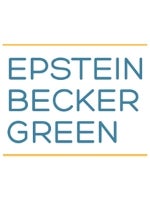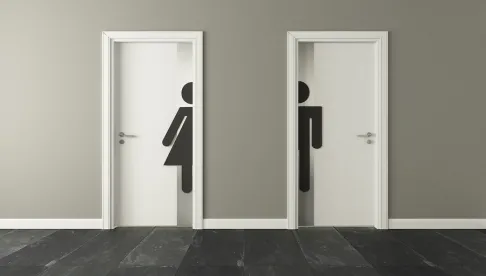After a long legislative battle, the New York State Gender Expression Non-Discrimination Act (“GENDA” or “Law”), which was signed into law and became effective on January 25, 2019, explicitly added “gender identity or expression” as a protected class under the state’s non-discrimination laws. Now, under a proposed state regulation, the New York State Division of Human Rights (“DHR”) would amend its regulations, codified in NYCRR §466.13, prohibiting discrimination on the basis of gender identity, gender expression, and transgender status to conform with the Law.
The proposed regulation would amend NYCRR 466.13(b) to define “gender identity and expression” as “a person’s actual or perceived gender-related identity, appearance, behavior, expression or other gender-related characteristic regardless of the sex assigned to that person at birth, including but not limited to, the status of being transgender.” The change would match the definition in the Law. Additionally, the phrase “gender identity or expression” would replace “gender identity” throughout the regulation. A new section, NYCRR 466.13(c), would also be added to clarify that “gender identity or expression” is now explicitly a separate protected class under the Human Rights Law.
Although the regulations may undergo some modifications, NYCRR §§ 466.13(b)(3) and 466.13(d) and (e) remain, making clear that discrimination based on gender identity or expression can be a type of disability discrimination as well as a form of sex discrimination. Under the Human Rights Law, a person meeting the criteria for a medical diagnosis of gender dysphoria is entitled to the disability protections provided by the Human Rights Law, including the right to reasonable accommodations. The DHR’s regulations would clarify that gender dysphoria is a disability under the Human Rights Law, and reaffirm New Yorkers’ right to obtain employment, education, housing, and use of places of public accommodations without discrimination on the basis of gender identity or expression.




 />i
/>i

